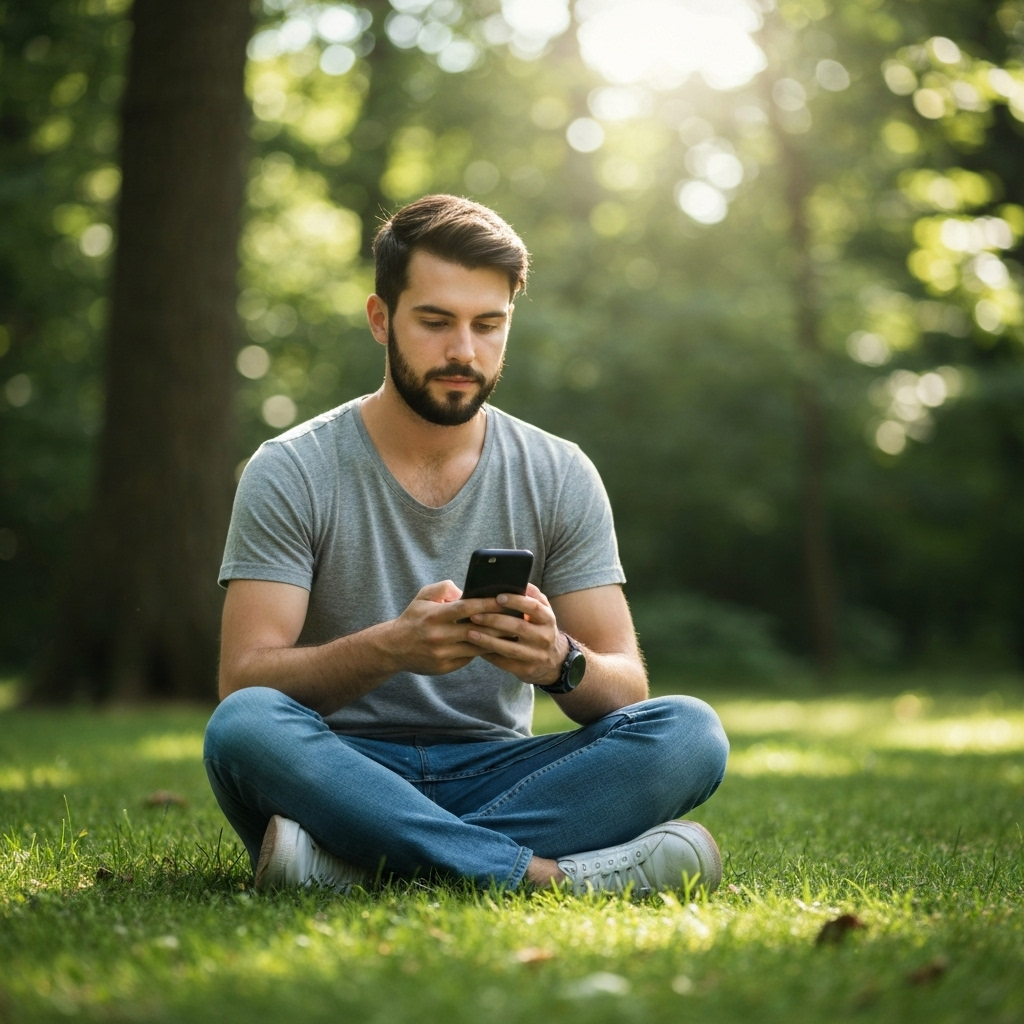Digital Detox: Balancing Technology and Mindfulness

In our hyperconnected world, technology has become both a blessing and a burden. While it offers unprecedented opportunities for connection, learning, and productivity, it can also overwhelm our senses and fragment our attention. The key lies not in rejecting technology entirely, but in developing a mindful relationship with it.
The Challenge of Digital Overwhelm
Modern life bombards us with notifications, updates, and endless streams of information. This constant stimulation can lead to:
- Decreased attention span and focus
- Increased anxiety and stress
- Disrupted sleep patterns
- Reduced face-to-face social connections
- Difficulty being present in the moment
Principles of Mindful Technology Use
Drawing from Zen Buddhism and mindfulness practices, we can develop a more intentional relationship with technology:
1. Intentional Engagement
Before picking up your device, pause and ask: "What is my intention?" Use technology with purpose rather than as a default response to boredom or discomfort.
2. Create Sacred Spaces
Designate technology-free zones in your home and life. This might be your bedroom, dining table, or the first hour after waking.
3. Practice Digital Sabbaths
Regularly disconnect from digital devices for extended periods. Start with a few hours and gradually extend to full days.
Practical Digital Detox Strategies
Morning Routine: Begin your day with meditation, journaling, or gentle movement before checking any devices.
Notification Management: Turn off non-essential notifications and batch-process communications at designated times.
Mindful Consumption: Curate your digital diet. Unfollow accounts that don't add value and seek content that inspires and educates.
Evening Wind-down: Establish a digital sunset, stopping screen use 1-2 hours before bed.
Technology as a Tool for Mindfulness
Paradoxically, technology can also support our mindfulness practice. Meditation apps, digital journals, and wellness trackers can enhance our self-awareness when used intentionally. The key is to remain the master of your tools, not their servant.
Remember, the goal isn't to eliminate technology but to create a harmonious relationship where digital tools serve your well-being rather than detract from it.